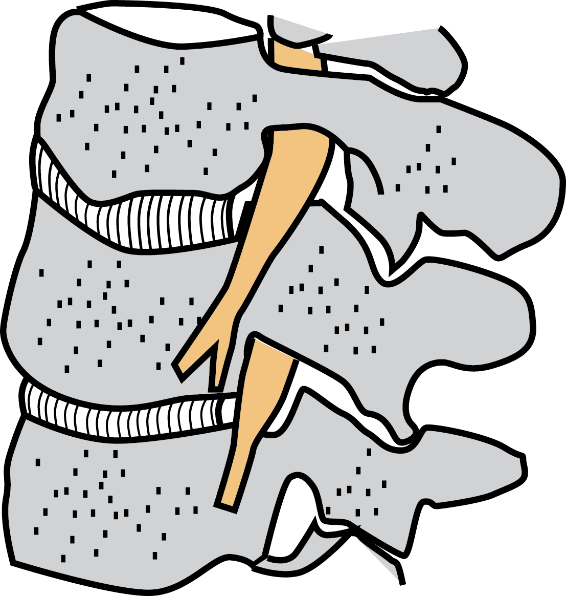Science about back pain and back pain management
I know that the majority of you want to have answers, as you want to go back as quickly as possible and do your daily activities of your housework and even better take care of your grandchildren, the pride and joy of every family and the future of our society.
Unfortunately, though you have to endure some scientific details and I will try to make them as simple as possible.
So, let us start with science.
Back pain is the symptom of a condition initially unknown and unclear that affects our body. It extends from the shoulder blades to the small of our back and due to this spread we, as doctors, divide it to dorsal pain and low back pain, so it will be a better understanding of the region we are talking about. In the present book we will concentrate to low back pain. I repeat back pain is a symptom. If the back pain is present three months from the initial onset then it is called chronic low back pain.
There are 3 common classifications of back pain:
- Axial, called mechanical as well, and is present in a specific region.
- Referred back pain, is a dull pain irradiating to the back from a different area and it could be global (generalised pain) or localised to a specific area.
- Radicular pain, when the pain is starting from the back and irradiates in the periphery following the route of the nerve which is irritated; mainly the lower leg.
In the present as already mentioned we will be narrowly concentrated on the chronic mechanical low back pain (localised at the lower part of the back).

I have to stress though that this material has only educational purpose. It is not providing any specific medical opinion to specific conditions and to specific individuals. It is serving as guideline for chronic low back pain for those people who are not presenting any red flags.

Red Flag; what is a red flag? It is the condition or symptom which if it is present to a person, this person has to visit their own doctor at their earliest convenient time, because could result to some “unhappy” consequences.
These are the most common red flags for a person presenting symptoms of back pain are:
- Cauda equina syndrome: In this condition there is “saddle anaesthesia” present; meaning numbness or loss of sensation at the inner thighs, groins, gluteal region and perineum, loss of bladder or bowel control and weakness of the anal tone. This is an emergency.
- Spinal fracture: This is the result of an injury. It could happen at any age, but for people above the age of 55 years old could be presented as a sudden pain following a fall or minor injury on grounds of osteoporosis. It would be necessary to be investigated for the exclusion of the severity and pathology of the broken vertebra and possible further treatment would be necessary.
- Neoplastic deposits: Usually these represent secondary deposits of a possibly already known primary malignancy. It is possible that the person suffers from unexplained weight loss. Investigation and further opinion and possible treatment may be the course of action.
- Infection: Pain appearing suddenly following a recent or even longstanding significant generalised infection. There is the possibility of fever to accompany this pain. The condition must be investigated and treated accordingly.
- Back pain associated with neurological symptoms: Presentation of numbness or weakness of the legs, both or just the one. Further clinical evaluation would be necessary.
- Spinal stenosis: Pain present in both legs after exercise, usually walking accompanied with mild numbness. The symptoms improve after the person either sits down, approximately the same period as the time of walking or is leaning forward and supports self at a steady object. Following this period of immobilisation the patient can walk again without or with minimum discomfort till the next forced, by the symptoms, stop.
